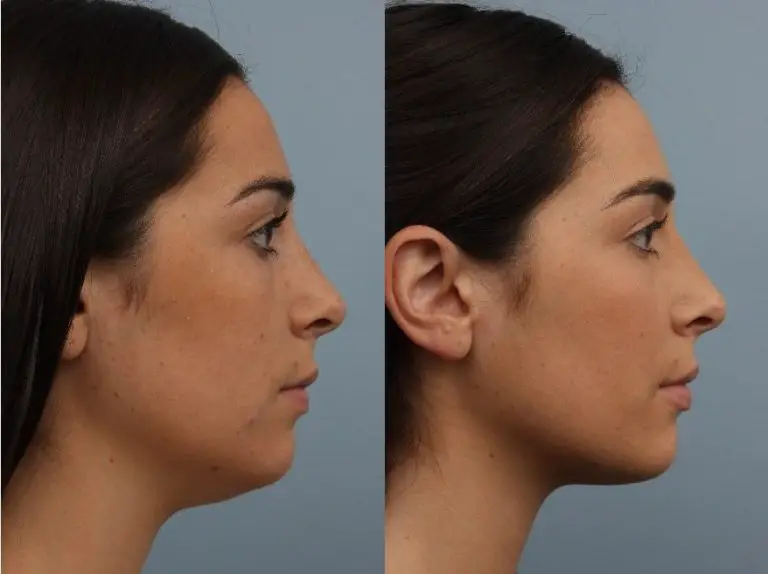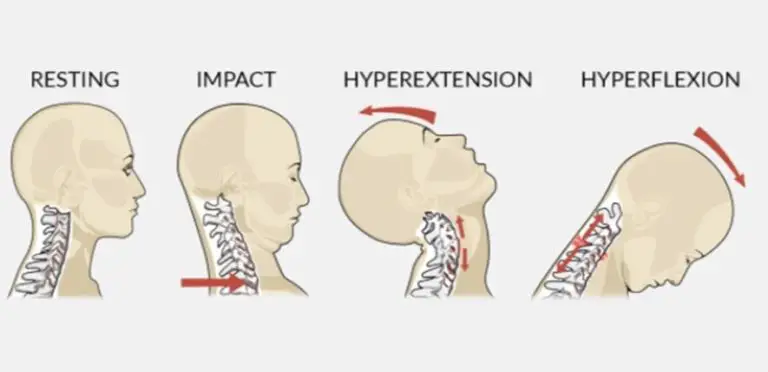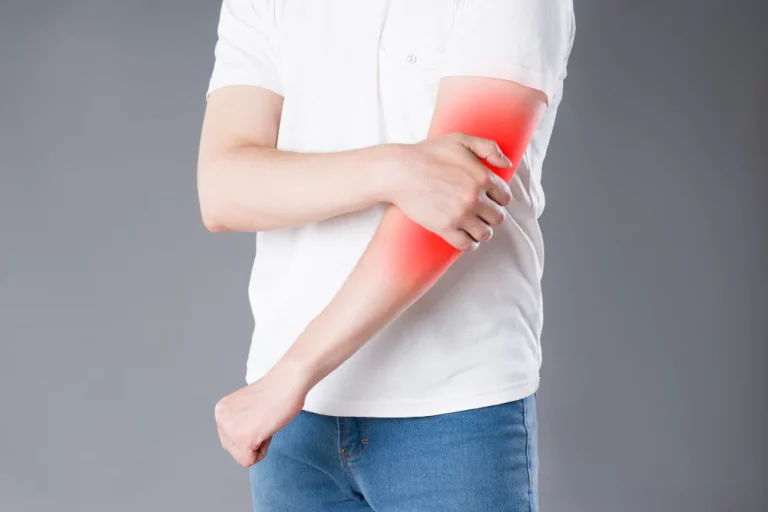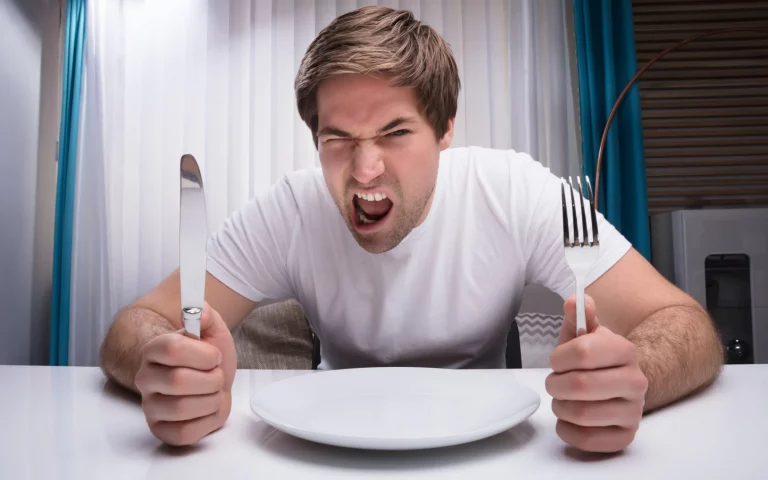How To Tell The Difference Between Fat And Loose Skin ? 6 Useful tips by a Doctor !
How To Tell The Difference Between Fat And Loose Skin? It’s no secret that our society is obsessed with being thin. We see it in the media, we’re bombarded with diet ads, and even our friends and family members may make comments about our weight.
This pressure to be thin can lead to some people taking drastic measures to lose weight, such as fad diets or excessive exercise. And while these methods may work in the short term, they can also lead to long-term problems, such as loose skin.
So how to tell the difference between fat and loose skin? In this post, we will explore the answer to this question and provide some tips on how to deal with loose skin.
What Is Loose Skin?
Many people often mistake loose skin for excess fat. While they may look similar, there are some key differences between the two.
Loose skin is exactly what it sounds like—skin that is not tightly bound to the underlying muscles and tissues. It’s common after major weight loss or pregnancy and usually appears as sagging or drooping skin.
Excess fat, on the other hand, is just that—extra adipose tissue that has accumulated in the body. This can happen even if you’re at a healthy weight but is more likely if you’re overweight or obese. Unlike loose skin, excess fat doesn’t necessarily appear saggy or droopy. Instead, it tends to be lumpy and unevenly distributed throughout the body.
So how can you tell the difference between loose skin and excess fat? Here are a few key points:
- Loose skin typically hangs off the body in folds or sheets, while excess fat is more evenly distributed and often feels “jiggly” to the touch.
- Loose skin usually occurs after major weight loss or pregnancy, while excess fat can accumulate even if you’re at a healthy weight.
- Loose skin is softer and more pliable than excess fat, which tends to be harder and less elastic.
Why Do I Have Loose Skin?
After losing weight, loose skin is a common occurrence. This is because your skin shrinks as a result of weight loss. Additionally, aging and pregnancy are both potential causes. However, occasionally, what appears to be loose skin may actually be extra fat.
To figure out if you have loose skin or excess fat, pinch the area in question. If you can pinch more than an inch of skin and it doesn’t snap back into place right away, you probably have loose skin. If the skin bounces back immediately, it’s more likely that you have excess fat.
If you’re not sure, ask a doctor or other qualified healthcare professional for help.
How To Get Rid Of Loose Skin
Now that we know what causes loose skin, let’s talk about how to get rid of it. Luckily, there are some things you can do to get rid of loose skin.
- Exercise. Doing exercises that tone your muscles can help to tighten your skin.
- Change your diet. Your skin can get firmer by eating a balanced diet that is high in protein and fiber.
- Get cosmetic surgery. A cosmetic procedure can be something you want to think about if your skin is extremely loose. This can involve removing excess skin or fat from the area.
By following these tips, you can get rid of loose skin and feel more confident in your appearance.
What Is Fat
When it comes to our bodies, fat is something that most of us would like to get rid of. But what is fat exactly? Lipids, a type of energy-storing material, are stored in fat tissue. It can be found in both plants and animals, and its primary job is to protect and cushion the body.
Let’s talk about loose skin now that you are more knowledgeable about fat. Simply said, loose skin is extra skin that protrudes from the body. It can be caused by weight loss or aging, and it usually doesn’t pose any health risks. While some people may want to get rid of loose skin for aesthetic reasons, it’s not always possible or necessary.
How To Get Rid Of Fat
When it comes to getting rid of fat, there are a few things you can do.
Exercise and dieting are always options. The most efficient way to lose fat is frequently this. You can test out a variety of diets to find which one best suits your way of life.
If you are not seeing results from diet and exercise, you may want to consider liposuction or another type of surgery. Surgery is usually more expensive and riskier than diet and exercise, but it may be the only option for some people.
Why Do I Have Fat?
When it comes to our bodies, we all have different proportions of fat and muscle. The amount of fat we have is determined by our genetics, but it can also be affected by things like our diet and activity level. Even though having some fat is necessary for survival, too much fat can lead to health problems like heart disease, diabetes, and stroke.
So why do some people have more fat than others? There are a few different reasons:
- Genetics: Some people are predisposed to carry more body fat than others. This is due to things like family history and body type. If your parents or grandparents were overweight, you’re more likely to be as well. And if you have a “pear-shaped” body type (meaning your hips and thighs are wider than your waist), you tend to carry more weight in those areas.
- Diet: What you eat plays a big role in how much fat your body stores. Foods that are high in calories, sugar, and saturated or trans fats can all lead to weight gain. On the other hand, eating plenty of fruits, vegetables, lean proteins, and healthy fats can help keep your weight in check.
- Activity level: If you lead a sedentary lifestyle (meaning you don’t get much exercise), you’re more likely to carry excess body fat. That’s because when you don’t use up the energy you’re putting in.
How To Get Rid Of Body Fat
In order to get rid of body fat, you need to create a calorie deficit by burning more calories than you consume. There are a variety of ways to do this, such as through diet, exercise, and lifestyle changes.
How To Get Rid Of Sagging Lower Belly
A sagging lower belly is a common problem, especially for women. But don’t worry, there are some simple things you can do to get rid of it.
- Exercise. Doing exercises that tone your stomach muscles can help to get rid of your sagging lower belly.
- Change your diet. Eating a healthy diet with plenty of protein and fiber can help to firm up your skin.
- Use a firming cream. Applying a firming cream to your skin can help to tighten it up.
- Get a tummy tuck. If you have severe sagging, you may want to consider getting a tummy tuck. This is a cosmetic procedure that removes excess skin and fat from the abdomen.
Will I Have Loose Skin If I Lose Weight?
It’s common to worry about loose skin if you’re losing weight. However, it’s important to remember that your skin is an elastic organ that will adjust to your new body size.
There are several factors that can affect the amount of loose skin you may have, including the amount of weight you lose, how quickly you lose the weight, your age, and your genetics.
How To Lose Weight Without Loose Skin
If you’re concerned about loose skin when losing weight, there are a few things you can do to help minimize its appearance.
First, be sure to lose weight slowly and steadily. Losing weight too quickly can cause your skin to stretch and become saggy.
Second, stay hydrated by drinking plenty of water. This will help keep your skin plump and prevent it from drying out and becoming wrinkled.
Finally, exercise regularly. This will help build up the muscles under your skin, giving it a more toned appearance.
How To Tell The Difference Between Fat And Loose Skin
If you’re wondering how to tell the difference between fat and loose skin on your lower belly, there are a few key things to look for. First, pinch the skin on your lower belly between your thumb and forefinger. If you can easily grab hold of a good amount of skin and it feels very soft and pliable, then it’s likely just excess fat. However, if the skin feels very thin and taut, or if you can’t grab much skin at all, it’s likely loose skin.
Another way to tell the difference is by looking at how the skin on your lower belly looks when you’re standing up. If you have a lot of loose skin on your lower belly, it will often look wrinkled or saggy when you’re standing up straight. On the other hand, if you have excess fat on your lower belly, it will typically look smooth and rounded.
If you’re still not sure whether what you’re seeing is fat or loose skin, consult with a doctor or dermatologist who can help you get a definitive answer.










